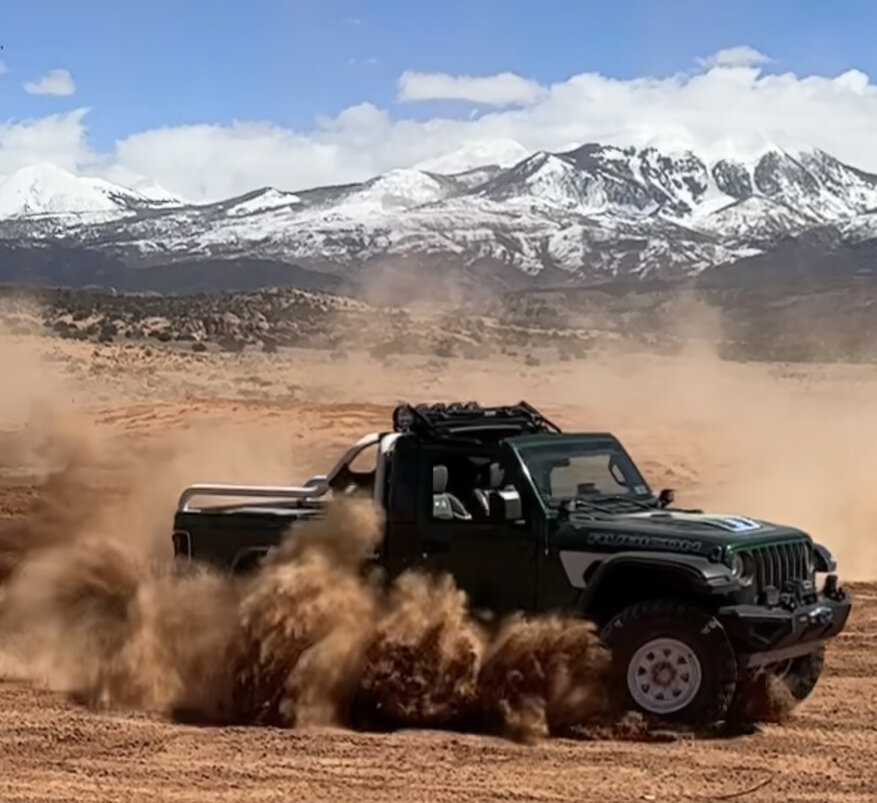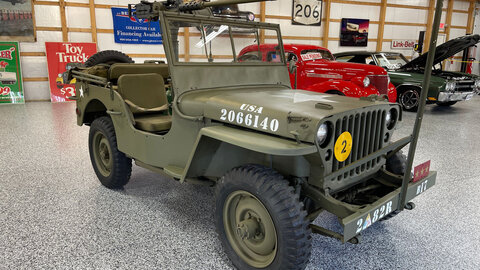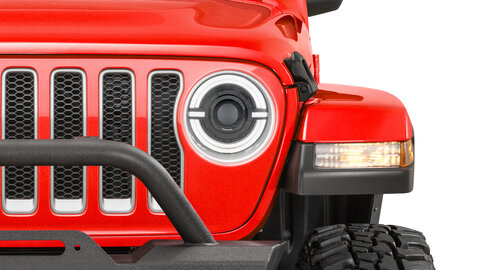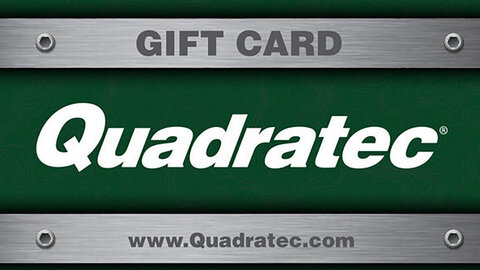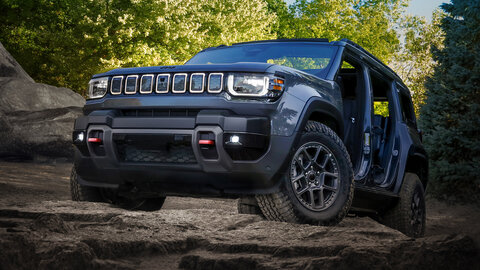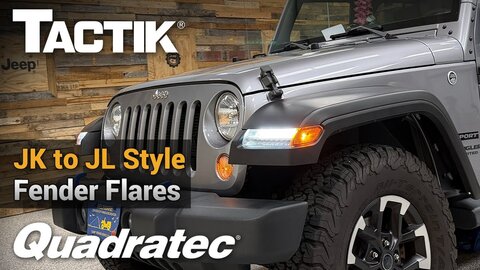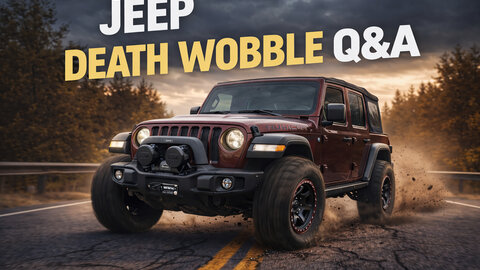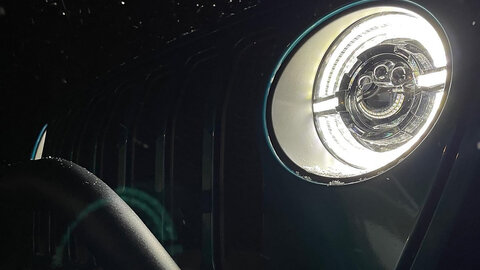by Donald Bray
Torque Correspondent
Horsepower versus torque sounds like some sort of intergalactic battle between two predatory aliens. However, this couldn’t be further from the truth. It takes both of these things to perform jobs like moving a Jeep down the road.
So, what does each one really do for your vehicle? And is one better than another?
Torque is defined as a twisting force on a shaft. It is measured in pound feet (Ib-ft), not to be confused with foot pounds (ft-lbs) which actually refers to bolt torque. Torque can also be measured in newton metres and one pound foot is equal to 1.36 newton meters. In laymen’s terms it is the total amount of work the engine can do.
To slightly complicate the torque subject, 295 pound-feet is barely enough to move a vehicle. To boot, Jeep’s 2.0-liter engine makes maximum torque at 3000 rpm, not idle. To help this problem all modern internal combustion, or hybrid vehicles, have transmissions, differentials, and in the case of a Jeep, a transfer case. All of these help multiply torque.
- Transmission First Gear: 4.71
- Transfer Case Low Range: 4:1
- Rear Differential Gear Ratio: 4.10:1
- Available Torque: 22,786.6 pound feet
The information above is a very simplistic calculation of how a 2021 Jeep JL Wrangler Rubicon with a 2.0 liter engine multiplies torque. There is some loss that is not calculated, such as tire size, etc. In this example you can see how we took the total amount of torque that the engine produces and multiplied it by the transmission first gear ratio, transfer case low range gear ratio and the rear differential gear ratio.
So the amount of torque an engine produces is just as important as the gear ratios the vehicle is produced with.
- Transmission First Gear Ratio: 4.71
- Transfer Case Low Range Gear Ratio: 2.72:1
- Rear Differential Gear Ratio: 3.45:1
- Available Torque: 13,036 pound feet
This is nearly the same example as the first one, except for this we used a Jeep JL Wrangler Sport instead of that Rubicon. You can see the difference in total torque output between the two. The Sport uses a much numerically lower gear ratio in both the transfer case and the rear differential axle, resulting in less overall torque.
Again, this is a very simplified way to calculate torque, solely meant to show the difference between gear ratios and torque multiplication.
So, if torque is the total measurement of work an engine can do, then what is horsepower?
Well, horsepower is measured at the rate at which torque is produced. For example, it takes one horsepower to lift 550 pounds in one second, or 33,000 pounds per minute. This standard can be confusing to understand horsepower so let's say that horsepower is the rate at which torque can be generated.
There are a few other notable facts that should be understood when determining horsepower. Most important, there are three current rating methods.
The first is crank horsepower which, like the name applies, is horsepower measured at the crankshaft. This type of method usually yields the highest horsepower ratings because it does not take into account parasitic losses.
The second is brake or wheel horsepower. Again, like its name applies, brake and wheel horsepower are measured at the wheels which can be a more accurate representation because it includes the parasitic losses.
Parasitic losses typically come from the drivetrain, rotational mass, and friction, and typical losses range somewhere from 20 to 40 percent.
Finally, SAE horsepower was a process designed by the Society of Automotive Engineers to help standardize the process of measuring horsepower. The idea is that it creates a much more consistent rating.
Now that we have all the technical stuff out of the way, let’s explore the question “What’s best for my Jeep, horsepower or torque?”
First, you really need to determine what exactly you will be doing with your Jeep. For example, a Jeep built for rock crawling does not need to make power fast. In fact, you want very steady consistent power in the lower RPM range. This allows for more control, precision driving, and better traction. It also helps with vehicle preservation.
In this case, because we do not want to build power quickly, we would opt for an engine that pumps out more torque than horsepower. For example, the 3.9-liter 4BT engine swap was common for Jeep TJ owners because this engine produces 105 horsepower and 265 pound feet of torque. It can do a lot of work, but just not quickly. It is an ideal engine though for traversing trails loaded with large rocks and big obstacles.
Most of us though are not using our Jeeps specifically for rock crawling, Instead, we use our Jeeps as a daily driver. We take our kids to school, their friends’ houses, drive to work and on weekends hit the trails when possible.
All this equates to a Jeep that needs to have the torque to safely get down the trail, while also being able to pass other vehicle on the highway. In this case, we want both horsepower and torque.
The new JL Wrangler with a 2.0-liter engine produces 270 horsepower and 295 pound-feet of torque. It has both plentiful horsepower and torque, and is capable of doing more work than that first generation 4BT engine. Also, because of its horsepower, the Jeep is capable of doing everything quicker. It will have the available torque to perform well on a trail, while being quick on the street when you need to accelerate to higher speeds. We can thank variable cam timing, turbo charging and modern engine design for these well-rounded and efficient engines.
In reality, the question of torque versus horsepower isn’t really which one is better, as much as how you will be using your Jeep. If you are building an ultra-capable trail rig, then utilize an engine with as much torque as possible.
However, a well-rounded Jeep with both horsepower and torque — which both the 2.0-liter and 3.6-liter factory Wrangler engines provide these days — are best suited for everyday life, as well as hitting the trail.













